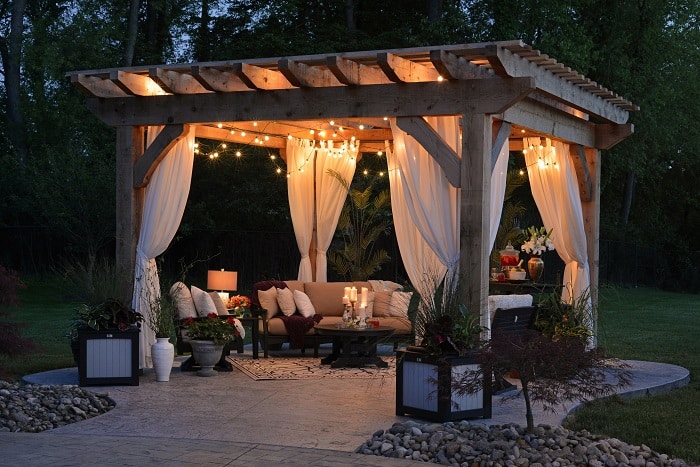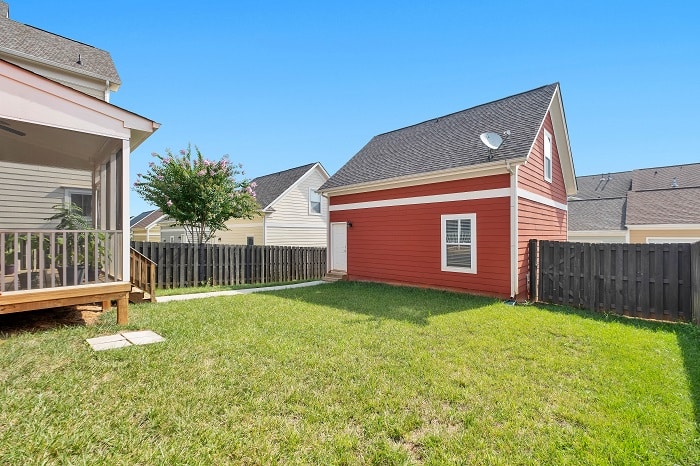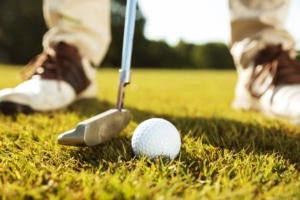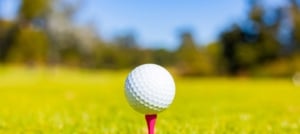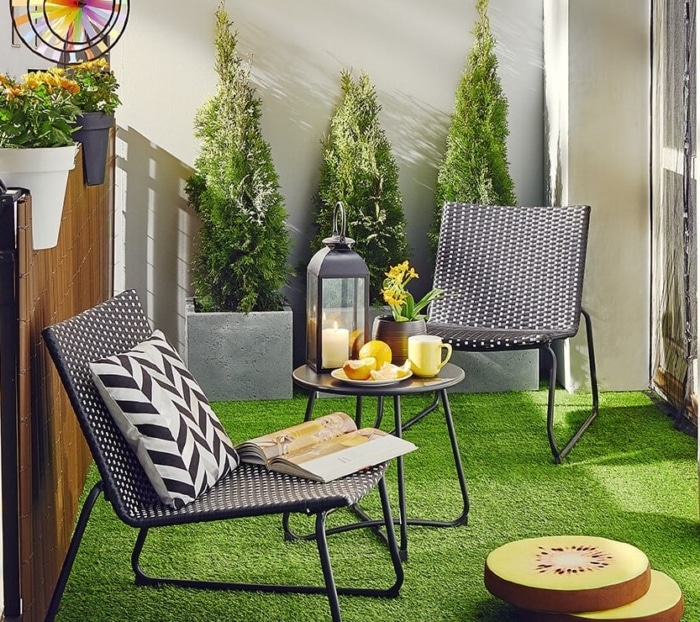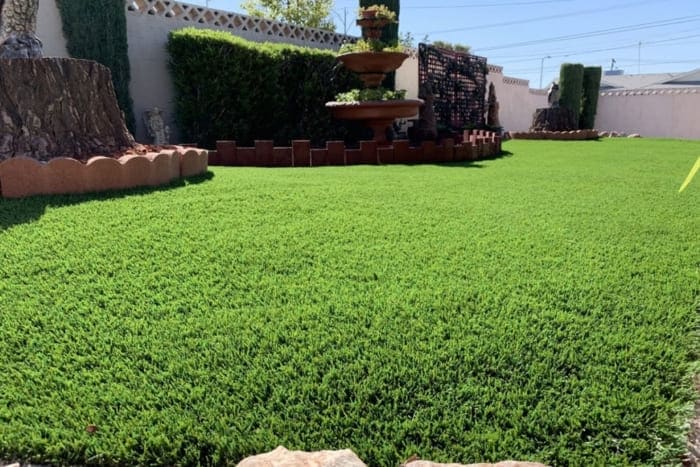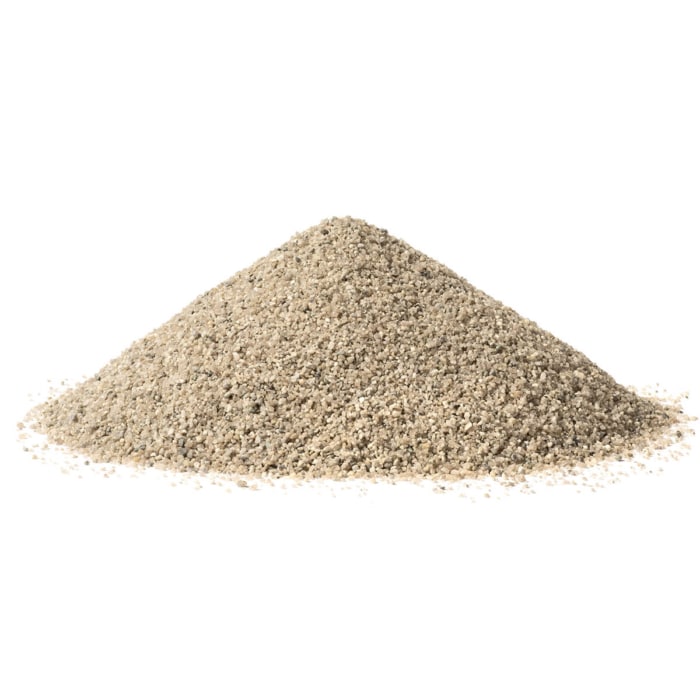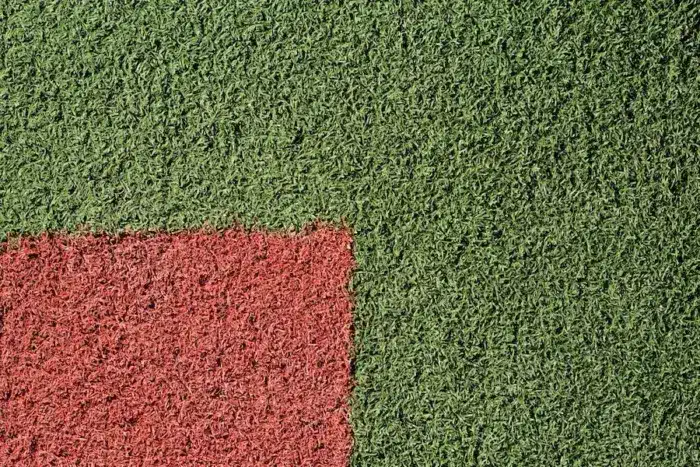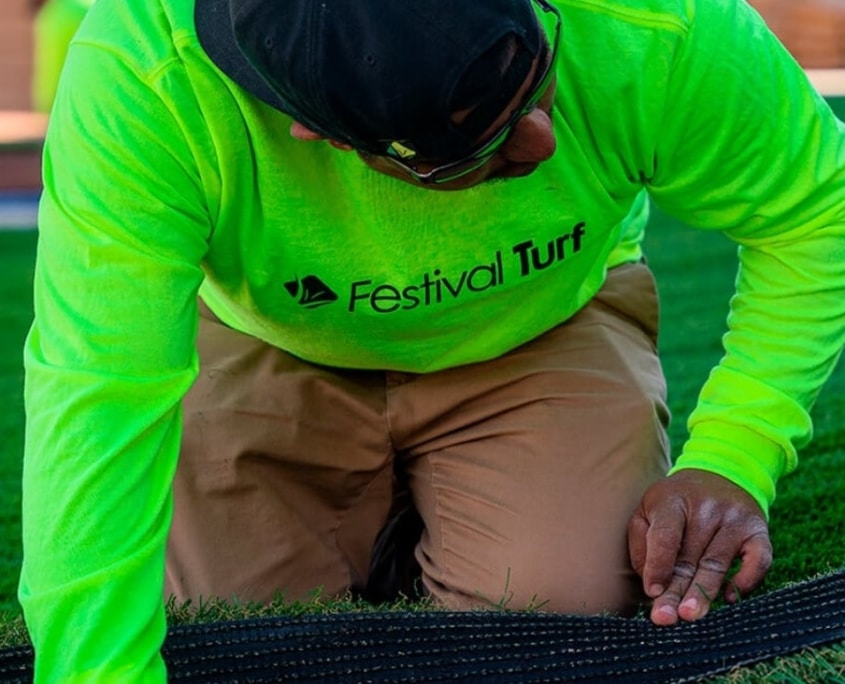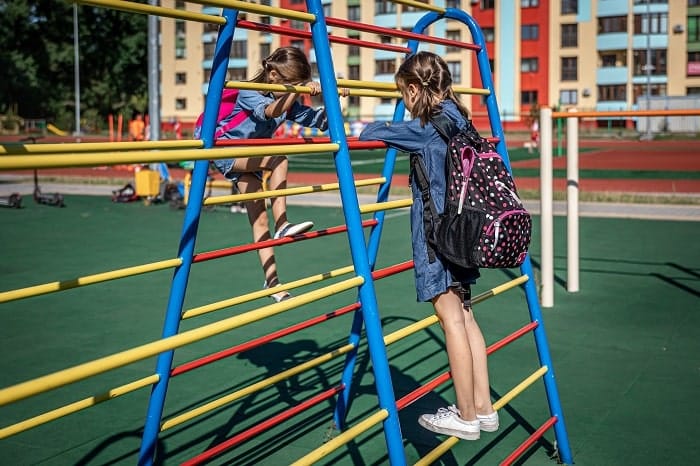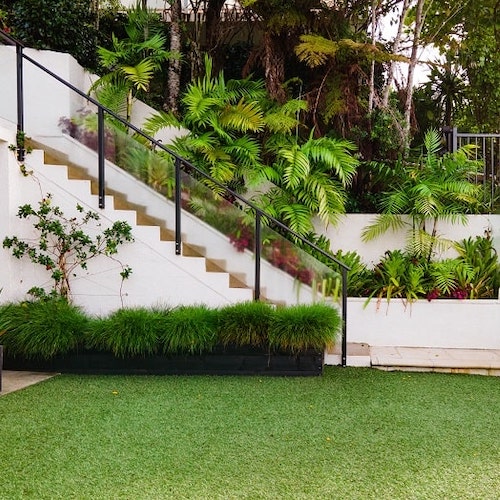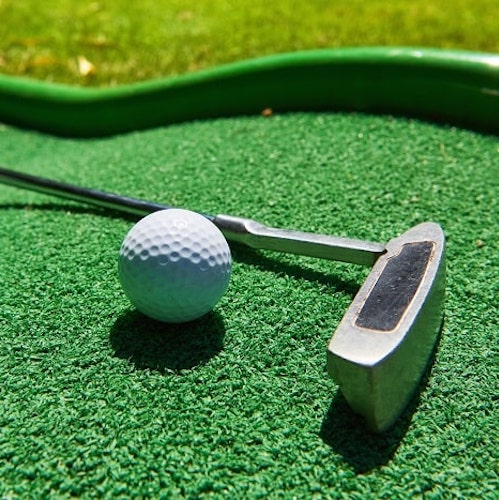How Long Does Artificial Grass Last?
If you are thinking about artificial turf installation for your own home then there are many different things to consider. How long does artificial grass last? Once you have installed it, you don’t want to get a year or two down the line and realize it needs a lot of work done.
Making astroturf last longer can be a good way to get value for your money, and as well as exploring how long different types of synthetic turf can last in this guide, we’re also exploring some tips on making the fake grass last longer.
How Long Does Artificial Turf Last?
If you treat the artificial grass right, it can last for around 8-15 years. This all depends on the maintenance and condition you keep your turf in. Fake grass lasts longer if you are able to take good care of it, and if the conditions are favorable. The amount of use that the grass gets plays a part, too. If you’re using it as a putting green then you might have a lot more foot traffic on the grass.
What Factors Affect the Longevity of Grass and Turf?
There are multiple things that come into play regarding the longevity of synthetic turf. Thinking about getting your front lawn covered? Be sure to give these factors some thought.
- The Quality Of Materials
How long does astroturf last? Does this vary when compared to other forms of synthetic lawn surface? If you want longevity, it makes perfect sense to invest in the best quality of grass that you can. If you’re at this stage in landscape design, spend some time researching the artificial grass materials and choosing the best for your own yard space.
- The Quality Of Installation
Artificial Grass installation is crucial. There is no point in having quality materials if it isn’t properly installed, as this can make the grass decay much more quickly. Always get your artificial grass professionally installed. Contact us to seek advice from professionals and explore installation options.
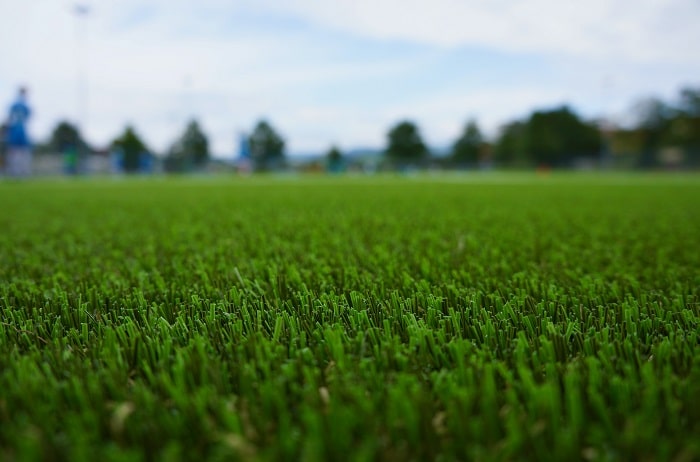
How to Make Your Artificial Grass Lawn Last Longer
You’ll want to get the most out of your investment, so how do you keep the astroturf lasting longer and retain the pristine look that you get when the lawn is first installed?
Proper Maintenance
Always follow the maintenance tips you are given when you get your turf installed. How long artificial turf lasts depends on whether you follow the specific maintenance schedule needed for that style of turf, and there are multiple materials and styles available. Most manufacturers will provide maintenance details for you to follow.
Remove Leaves and Debris
Leaves and debris can get stuck in the grass, making it look a lot worse and even causing it to degrade more quickly. You can remove these with a stiff brush to keep the green and clean look.
Keep It Clean
This means picking up any mess from the pets, or anything spilled on the grass. These can make the grass smell bad, and can even make it less safe to spend time on. This is extra important if you’ve got kids walking around. You can even use some mild detergents to get rid of any bacteria and make sure you’ve always got a clean surface (check the type of artificial grass and which cleaning products are compatible. Artificial grass should drain perfectly allowing you to hose and wash down the surface as required.
Brush Your Lawn Regularly
Most of the time, the lawn will clean itself and debris will get washed away, but regular brushing can help you to ensure that there aren’t smaller items of debris getting stuck in the artificial grass so that it is in the same condition as the day you got your artificial grass installed.
Minor Repairs
It is much better to get the minor repairs tackled rather than let them become big problems. The fake grass lasts a lot less time if there is a small tear or an area that becomes frayed, and you let this spread to more areas of the yard. Instead, when you spot a small area that needs repairs, contact the professionals and make sure it doesn’t get any worse.

